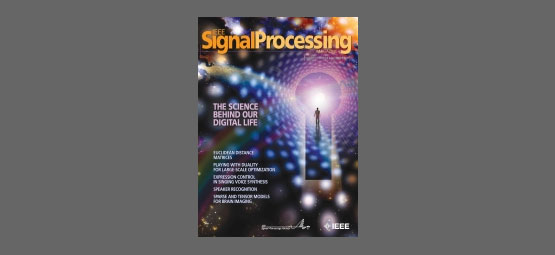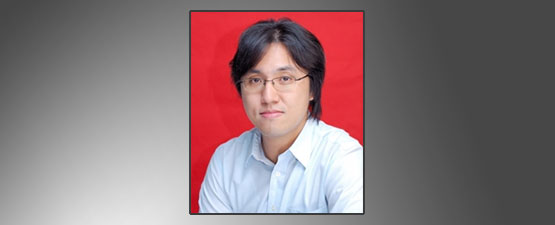IEEE SPM Special Issue on Autonomous Driving
White Paper Due: June 1, 2019
Publication Date: July 2020
CFP Document
Zero-shot learning (ZSL) for visual recognition aims to accurately recognize the objects of unseen classes through mapping the visual feature to an embedding space spanned by class semantic information. However, the semantic gap across visual features and their underlying semantics is still a big obstacle in ZSL. Conventional ZSL methods construct that the mapping typically focus on the original visual features that are independent of the ZSL tasks, thus degrading the prediction performance.
The IEEE Transactions on Image Processing covers novel theory, algorithms, and architectures for the formation, capture, processing, communication, analysis, and display of images, video, and multidimensional signals in a wide variety of applications.

White Paper Due: June 1, 2019
Publication Date: July 2020
CFP Document
Advisor: A.K.M. Baki
Email: dr.akm.baki@ieee.org
Chair: Nazmus Sakib
Email: nazmussaaqib@gmail.com

Lecture Date: April 2, 2019
Chapter: SPS Western Australia Chapter
Chapter Chair: Sven Nordholm
Topic: Hyperspectral Unmixing: Insights and Beyond
In recent years the ubiquity of mobile computing platforms such as smartphones and tablet devices has rapidly increased. These devices provide a range of interaction in an untethered environment unimaginable a decade previously. With this ability to interact with services and individuals, comes the need to accurately authenticate the identity of the person requesting the transaction, many of which may carry financial or legally-binding instruction.

November 18-21, 2019
Location: Lanzhou, China

November 3-6, 2019
Location: Pacific Grove, CA, USA
Recently, nested and coprime arrays have attracted considerable interest due to their capability of providing increased array aperture, enhanced degrees of freedom (DOFs), and reduced mutual coupling effect compared to uniform linear arrays (ULAs). These features are critical to improving the performance of direction-of-arrival estimation and adaptive beamforming.
Graph-based representations play a key role in machine learning. The fundamental step in these representations is the association of a graph structure to a dataset. In this paper, we propose a method that finds a block sparse representation of the data by associating a graph, whose Laplacian matrix admits the sparsifying dictionary as its eigenvectors.